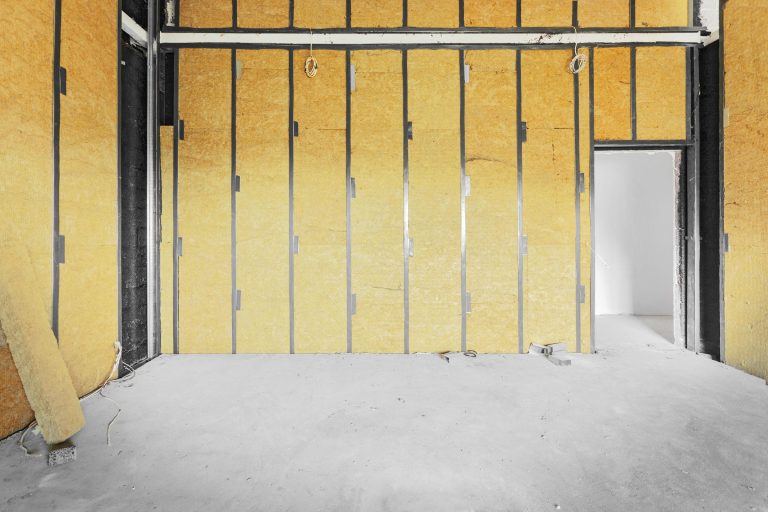Insulation plays a crucial role when it comes to creating an energy-efficient and comfortable home or building. Proper insulation helps regulate temperature, reduce energy consumption, and improve indoor comfort. However, with the vast array of insulation types and materials available, it can take time to navigate the options.
This blog post will provide an overview of insulation, exploring the types and materials commonly used in residential and commercial applications. Understanding insulation basics will empower you to make informed decisions and choose the proper insulation for your needs.
Importance of Insulation
Insulation is essential in maintaining thermal comfort and energy efficiency in buildings. Heat transfer between the internal and outside surroundings is prevented by its barrier-like function. Insulation assists in establishing a more constant and comfortable indoor climate while reducing the need for excessive heating and cooling by lowering heat loss during the winter and gain during the summer.
Types of Insulation:
1. Fiberglass Insulation
Fiberglass insulation is one of the most popular and widely used types of insulation. It is made from thin glass fibers and comes in batts, rolls, or loose-fill form. Fiberglass insulation is known for its affordability, fire resistance, and excellent thermal performance. It is commonly used in walls, ceilings, and floors.
2. Spray Foam Insulation
Spray foam insulation is a versatile and effective insulation option. It comprises two components that mix on-site and expand into a foam-like substance. It offers excellent thermal insulation, air sealing, and moisture resistance properties, making it suitable for various applications. Spray foam insulation adheres to surfaces, filling gaps and creating an airtight seal.
3. Cellulose Insulation
Cellulose insulation provides good thermal performance and is environmentally friendly due to its recycled content. Cellulose insulation is made from recycled paper treated with fire retardants. It is available in loose-fill form and can be blown or dense-packed into wall cavities or attic spaces.
4. Mineral Wool Insulation
Mineral wool insulation, or rock wool or stone wool, is made from natural minerals such as basalt or diabase. It comes in batts, rolls, or loose-fill form and offers excellent fire resistance and soundproofing capabilities. Mineral wool insulation is commonly used in areas that require high fire resistance, such as commercial buildings and fire-rated walls.
These are just a few of the types of insulation available. Consider hiring a professional such as iFOAM. A professional can help evaluate your insulation needs and recommend the best type and material for your environment.
Factors to Consider When Choosing Insulation:
1. R-Value
The heat resistance of insulation is gauged by its R-Value. It indicates the insulation’s ability to resist heat flow. The R-Value is a measure of the insulation’s thermal resistance. Consider the climate and desired level of insulation when selecting materials for your project.
2. Moisture Resistance
Choosing insulation materials with adequate moisture resistance properties is essential, depending on the location and application. Moisture can compromise insulation effectiveness and lead to mold or structural damage.
3. Fire Resistance
In certain areas, such as attics or commercial buildings, fire-resistant insulation may be required to meet safety codes. Consider materials with appropriate fire resistance ratings to ensure compliance and enhance safety.
4. Installation Method
Different insulation materials require specific installation methods. Some materials, like fiberglass batts, can be installed by homeowners as a DIY project. Others, such as spray foam insulation, may require professional installation due to specialized equipment and expertise.
Combining Insulation Types
In some cases, combining different types of insulation can provide optimal results. For example, using rigid foam insulation boards on exterior walls and supplementing them with fiberglass batts in wall cavities can improve thermal performance and reduce air leakage.
Conclusion
Understanding the different types and materials of insulation is crucial when aiming to improve energy efficiency, comfort, and sustainability in buildings. You can make informed decisions about the insulation that best suits your project by considering R-Value, moisture resistance, fire resistance, and installation methods. Whether you opt for fiberglass, spray foam, cellulose, or mineral wool insulation, investing in quality insulation will pay off in terms of energy savings, indoor comfort, and environmental impact. Choose wisely and enjoy the benefits of a well-insulated space.

